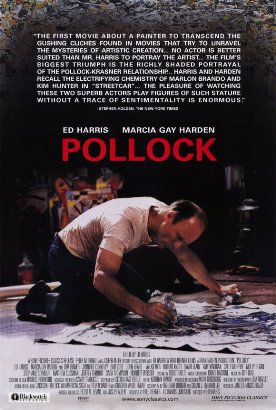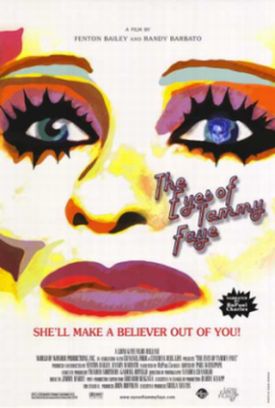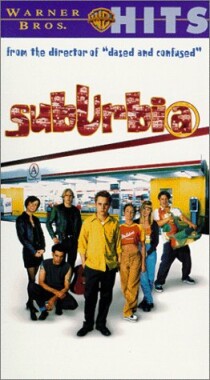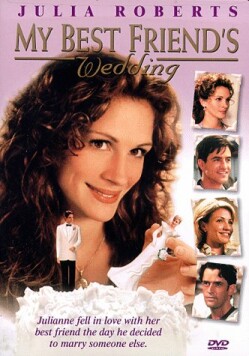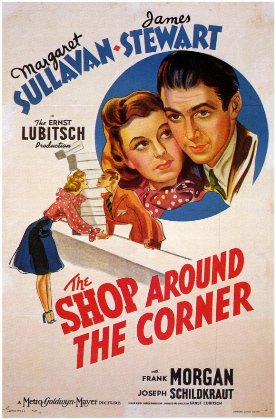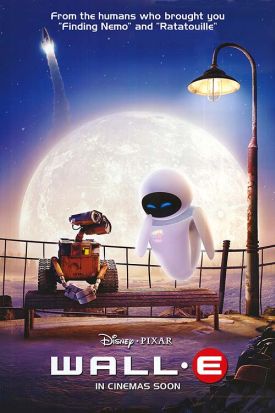Pollock
What I liked about Pollock, directed by and starring Ed Harris, is that it really does convey an impression of what a nasty man Jackson Pollock must have been—not, that is, nasty in the mealy-mouthed, surreptitious, hypocritical way that people are generally nasty these days but nasty in that old-fashioned, full-bore, unashamed way that people could still be nasty in the 1930s and 1940s. In fact, the movie makes him nastier than he really was, since there must have been moments of contrition and humility for him to have stopped boozing for two years. Yet the screenplay by Barbara Turner and Susan J. Emshwiller, based on Jackson Pollock: An American Saga by Steven Naifeh and Gregory White Smith, shows us almost none of that. Instead it lingers lovingly over the occasion when his abstinence ended and, raving drunk, he overturned the Thanksgiving dinner table.
True, scenes like that one make for better, more dramatic cinema than images, however inventively cut, of a sober man dripping paint on a canvas on the floor. But the grim relentlessness with which Pollock’s drunken binges are portrayed only mires the film deeper and deeper in the cliché that it could scarcely have avoided in the first place, namely the cliché of the monstre sacré, the artist whose wickedness or boorishness or self-absorption must be forgiven him for the sake of his genius. We are still as much in thrall to this romantic notion as we were in Pollock’s day—maybe more so, as the popular culture has joined in with the bad-boy rock star taking the place of the urbane band-leader. Movies like this one are obviously part of the cultural effort to keep the myth alive.
When you think about it, Pollock the artist could scarcely have existed in the first place without it. Imagine a perfectly decent and respectable bourgeois, sober and romantically respectful to his wife, kind to children and animals and attending the Kiwanis or the Lions Club every week who painted with those crazy swirls of dripped paint. Who would take him seriously? It was just because of our will to believe in the deliciously scary depths of unconscious psychic reality out of which abstract expressionism was supposed to have emerged that the world was persuaded to believe in it as art. “What has most impressed Jackson about the European moderns is that the source of art comes from the unconscious,” someone says in this movie. In other words, representation never really went away. It was just representation of those inner “demons” whose existence was vouched for by the artist’s self-absorption and nastiness to everyone around him.
If, in your quaintly old-fashioned 20th century way you still believe in this true psychic reality, then you will probably like this movie. I cannot quite take it seriously myself—it seems to me like believing in the volcano god or something equally outlandish—yet even I rather liked the film, since it was such a period piece. This, after all, is what the movies do best, and throughout the nineties it was clear that the role of our national family photo album was a most congenial one to Hollywood. Those who remember the forties and fifties will love the many reminders of the era recaptured in lovingly recreated period details, from the constant (unfiltered) cigarette dangling from the lips of our hero to the hilariously mid-fifties vintage see-through shirt that Mr Harris’s Pollock wears the summer he kills himself (and an innocent girl) by getting pie-eyed and driving his convertible into a tree.
Enjoyment will also come from the reminder of the philosophical underpinnings of the culture which has succeeded Pollock’s but which is even more tightly bound to its romantic and egotistic assumptions. As Pollock is shown telling a radio interviewer, passing the old-fashioned table-microphone between them, he was only “expressing the contemporary aims of the age we are living in”—which, as he understood them, were those of psychic self-gratification. “The thing that interests me is that today, painters do not have to go to a subject matter outside of themselves; they work from within.”
If there is a fault to be found with the movie it is that, given its stress on the psychological origins of Jackson Pollock’s work and life, it barely sketches in his professional or family background. Of contemporary artists or critics only Clement Greenberg (Jeffrey Tambor) has more than a walk-on part, and Peggy Guggenheim, while skilfully portrayed by Amy Madigan, is predictably reduced to an imperious and sex-crazed harridan. As for the Pollock family, there is one bizarre scene in which Pollock and his wife, Lee Krasner (Marcia Gay Harden), eat dinner almost in silence with Pollock’s mother (Sada Thompson), and Pollock can only express himself by pretending to be Gene Krupa at his drums. On another occasion, mom expresses her satisfaction at a family reunion: “It’s so nice to have all my boys together.”
But though the relationships between the “boys” and between them and their mom suggests a certain weirdness, to say the least, the movie thinks it not worth its while to go any further into the matter.You might have thought that a film which lays so much stress on the artist’s psyche as his true subject would have felt some sort of obligation to explore what the heck mom was doing in there, to say nothing of the man’s obvious self-destructive tendencies. All this is just taken for granted. But then it is also possible that Harris doesn’t take all that psychological mumbo-jumbo nearly as seriously as Pollock himself claimed to do and is really only interested in him—as most people are these days—as a superior and original sort of designer of futuristic home decor.
For the real tragedy of Jackson Pollock was that of the American artistic flowering of the second quarter of the century. There was so much promise in jazz and the new kinds of painting and fiction and poetry, but it all came to remarkably little in the end because of its neo-mania and the need to shock. Now, even shock has become boring and ritualized, as the latest controversy centering on the Brooklyn museum shows. Romantic excess comes to a dead end with complete self-indulgence and the therapeutic effacement of the ideas of sin and redemption—though (as the melancholy subsequent history of American art suggests) we keep on trying to find a way forward where there is none.
Discover more from James Bowman
Subscribe to get the latest posts to your email.

